في هذه المقالة، سنتطرق إلى خمسة أنواع من الموسيقى المغربية: الموسيقى الأندلسية، الموسيقى البربرية، الراي، الشعبي وكناوة.
In this article, we will examine five types of Moroccan music: Andalusian music, Berber music, Rai, folklore and Gnawa.
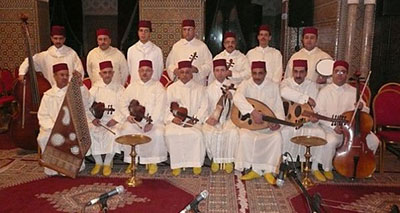
مصدر الصورة Source image
Andalusian music الموسيقى الأندلسية

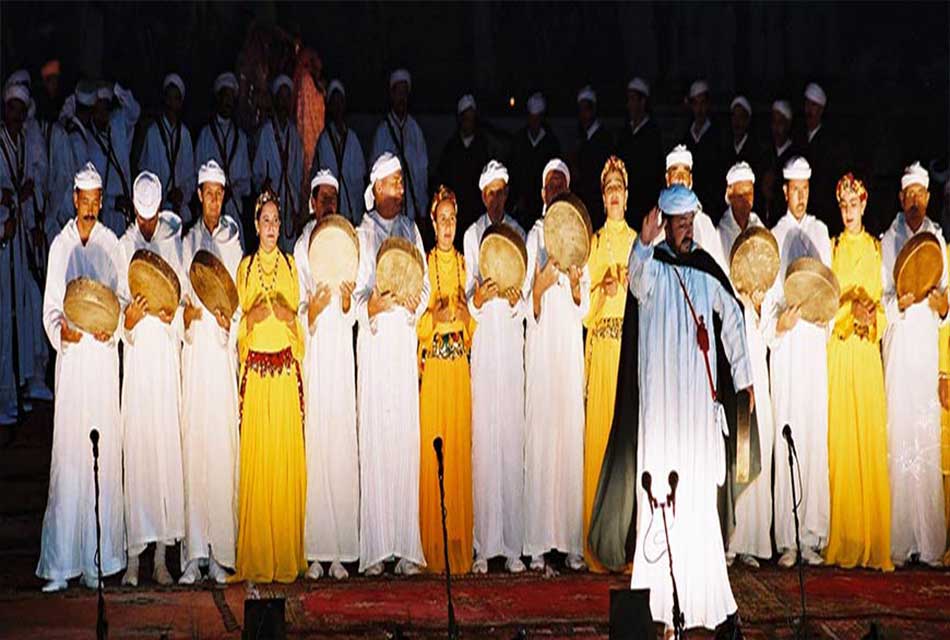
Source image مصدر الصورة
Berber music الموسيقى البربرية
Source video

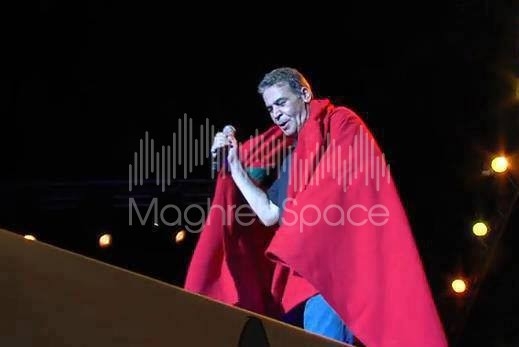
Source image مصدر الصورة
Rai Music موسيقى الراي
Source video

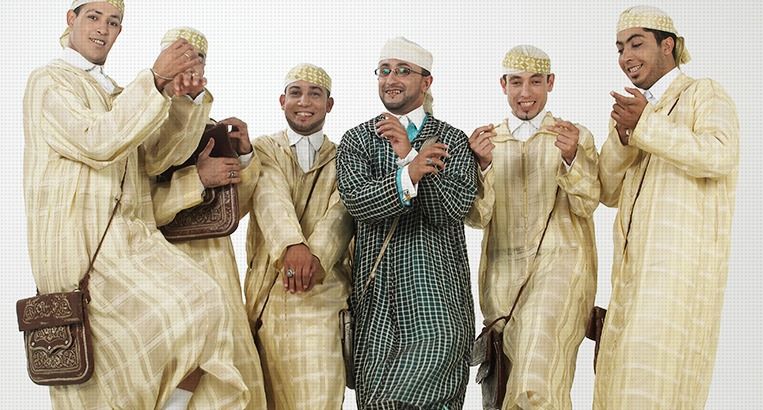
Source image مصدر الصورة
Moroccan Folk Music الموسيقى الشعبية المغربية
وتشمل الأغنية الشعبية عدة أصناف مثل (العيطة و جرة ...). ومن بين الفنانين الذين يؤدون هذا النوع نجد زينة الداودية، عبد الله الداودي، حجيب، عبد العزيز الستاتي، نجاة أعتابو، سعيد الصنهاجي وخالد بناني.
The popular song includes several items such as (Aita and Jarra ...). Among the artists performing this genre are Zayna al-Daoudiyyah, Abdullah al-Daoudi, Hajib, Abdul Aziz al-Satati, Najat Otabu, Saeed Sanhaji and Khalid Bennani.*
Source video

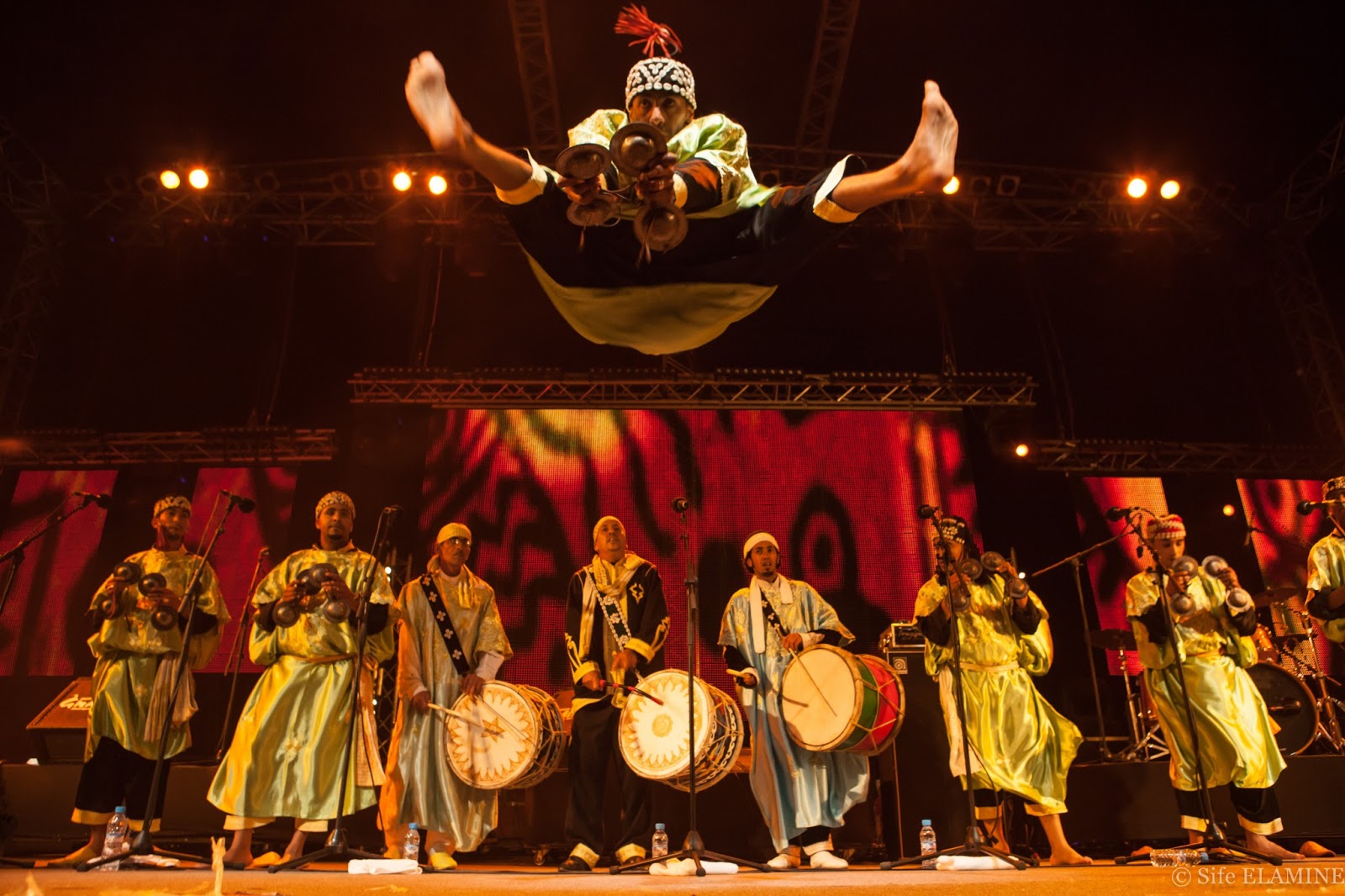
Source image مصدر الصورة

This is amazing my freind
Downvoting a post can decrease pending rewards and make it less visible. Common reasons:
Submit
Welcome to my friend in the world of steemit
Downvoting a post can decrease pending rewards and make it less visible. Common reasons:
Submit
Bonne article
Downvoting a post can decrease pending rewards and make it less visible. Common reasons:
Submit
العز خويا
Downvoting a post can decrease pending rewards and make it less visible. Common reasons:
Submit